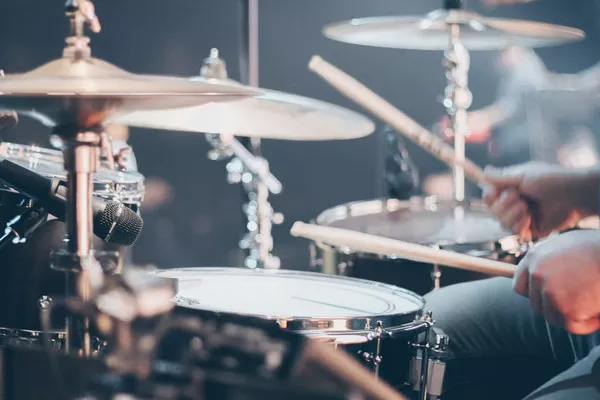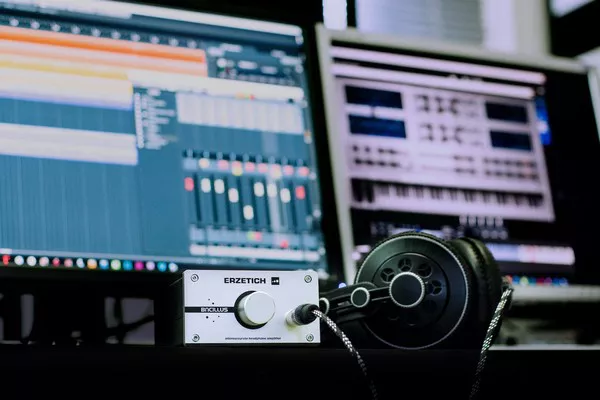In the realm of music production, one particular tempo reigns supreme: 120 beats per minute (BPM). Whether you’re a DJ, producer, or avid listener, you’ve likely encountered this magical number more times than you can count. But what exactly is it about 120 BPM that makes it so ubiquitous across genres and eras? In this article, we delve into the factors driving the popularity of this tempo and its enduring appeal.
The Science Behind the Beat
At its core, music is deeply intertwined with human physiology and psychology. Our bodies have a natural inclination to synchronize with rhythmic patterns, a phenomenon known as entrainment. Studies have shown that a tempo around 120 BPM closely aligns with the average resting heart rate of adults, which falls between 60 to 100 beats per minute. This synchronization fosters a sense of familiarity and comfort, making music at this tempo inherently appealing to a wide audience.
Versatility Across Genres
One of the key reasons behind the popularity of 120 BPM is its versatility across a myriad of musical genres. From electronic dance music (EDM) to pop, rock, hip-hop, and beyond, this tempo seamlessly transitions between styles, catering to diverse tastes and preferences. In EDM, 120 BPM serves as the backbone of many subgenres, including house, techno, and trance, driving pulsating rhythms that ignite dance floors worldwide. Similarly, in pop music, this tempo provides an ideal balance between energy and accessibility, facilitating catchy melodies and sing-along choruses.
DJ-Friendly Tempo
For DJs, 120 BPM holds a special significance as it aligns with the optimal tempo for mixing and transitioning between tracks. This tempo allows for smooth blends and seamless transitions, enabling DJs to maintain momentum and keep the crowd engaged throughout their set. Moreover, many DJ controllers and software platforms are designed with 120 BPM as the default setting, further solidifying its status as the go-to tempo for live performances and mix sessions.
Influence of Historical Context
Beyond its inherent musical qualities, the popularity of 120 BPM is also shaped by historical and cultural factors. Throughout history, certain tempos have emerged as markers of specific eras or movements within music. In the case of 120 BPM, its prominence can be traced back to the emergence of disco in the 1970s. Disco anthems like “Stayin’ Alive” by the Bee Gees and “I Will Survive” by Gloria Gaynor epitomized the infectious grooves and pulsating rhythms of the era, solidifying 120 BPM as the tempo of choice for dance-oriented music.
See Also: What are the similarities between Japanese and Chinese music?
Evolution in Electronic Music
The rise of electronic music in the late 20th century further propelled 120 BPM into the spotlight, as producers and DJs embraced its infectious energy and danceability. From the underground clubs of Chicago and Detroit to the massive festivals of Ibiza and Miami, electronic dance music became synonymous with 120 BPM, spawning countless subgenres and movements along the way. Artists like Daft Punk, The Chemical Brothers, and Carl Cox pioneered the use of this tempo, pushing its boundaries and exploring new sonic territories.
Impact on Dance Culture
In addition to its musical significance, 120 BPM has had a profound impact on dance culture worldwide. From the iconic four-on-the-floor beat of house music to the euphoric build-ups and drops of trance, this tempo provides the perfect canvas for choreographed routines and spontaneous dancefloor moments. Clubs and festivals around the globe pulsate to the rhythm of 120 BPM, uniting people from all walks of life in a shared celebration of music and movement.
Psychological Effects on the Listener
From a psychological standpoint, the tempo of a song can evoke a wide range of emotions and responses in the listener. At 120 BPM, music tends to elicit feelings of excitement, euphoria, and vitality, creating an uplifting and immersive listening experience. Whether you’re sweating it out on the dancefloor or cruising down the highway with the windows down, songs at this tempo have a knack for elevating mood and energizing the spirit.
Adaptability in Production
In the realm of music production, 120 BPM offers a perfect balance between flexibility and structure. Its moderate pace allows for intricate melodies, intricate drum patterns, and dynamic arrangements, while still maintaining a sense of cohesion and groove. Producers can experiment with different instruments, effects, and textures without feeling constrained by the tempo, resulting in a rich tapestry of sounds and styles across genres.
The Influence of Technology
Advancements in technology have also played a significant role in the popularity of 120 BPM. With the advent of digital audio workstations (DAWs) and software instruments, producers have greater flexibility and control over their creative process. Whether it’s tweaking the tempo in real-time or layering multiple tracks to create a symphony of sound, technology has empowered artists to push the boundaries of what’s possible at 120 BPM and beyond.
Cultural Significance
Beyond its musical and technical aspects, 120 BPM holds a deeper cultural significance as a symbol of unity, expression, and liberation. In a world fraught with division and discord, music has the power to transcend barriers and bring people together in meaningful ways. Whether it’s through the communal experience of a live concert or the personal connection forged through a favorite song, 120 BPM serves as a constant reminder of our shared humanity and collective resilience.
Conclusion
In conclusion, the popularity of 120 BPM can be attributed to a myriad of factors, including its alignment with human physiology, versatility across genres, DJ-friendly nature, historical context, and cultural significance. From the discotheques of the 1970s to the digital dancefloors of today, this tempo has stood the test of time, serving as a beacon of rhythm and unity in an ever-changing musical landscape. Whether you’re a seasoned producer, avid listener, or casual music fan, the allure of 120 BPM is undeniable, beckoning us to dance, to groove, and to celebrate the universal language of music.

























